
Resolver for iOS Dependency Injection: Getting Started
Learn how to use Resolver to implement dependency injection in your SwiftUI iOS apps to achieve easily readable and maintainable codebases.

Learn how to use Resolver to implement dependency injection in your SwiftUI iOS apps to achieve easily readable and maintainable codebases.
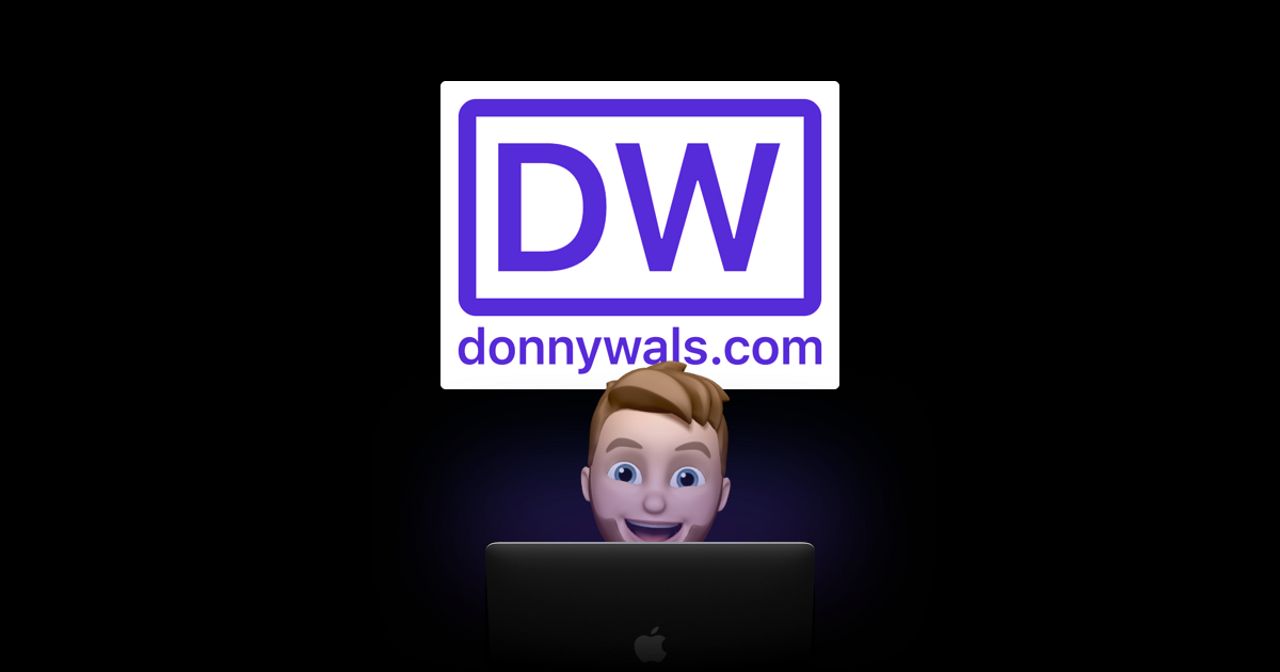
Swift's type system is (mostly) fantastic. Its tight constraints and flexible generics allow developers to express complicated concepts in an extremely safe manner because the Swift compiler will…

Various techniques that let us define fully dynamic colors that adapt to the user’s selected color scheme, using either SwiftUI or UIKit.

When creating collections of objects or values in Swift, we usually use data structures provided by the standard library - such as Array, Dictionary and Set. While those three cover most use cases, sometimes creating a custom wrapper collection can enable us to make our code more predictable and less prone to errors.

The Codable protocols (Decodable and Encodable) were introduced to the Swift standard library with Swift 4.
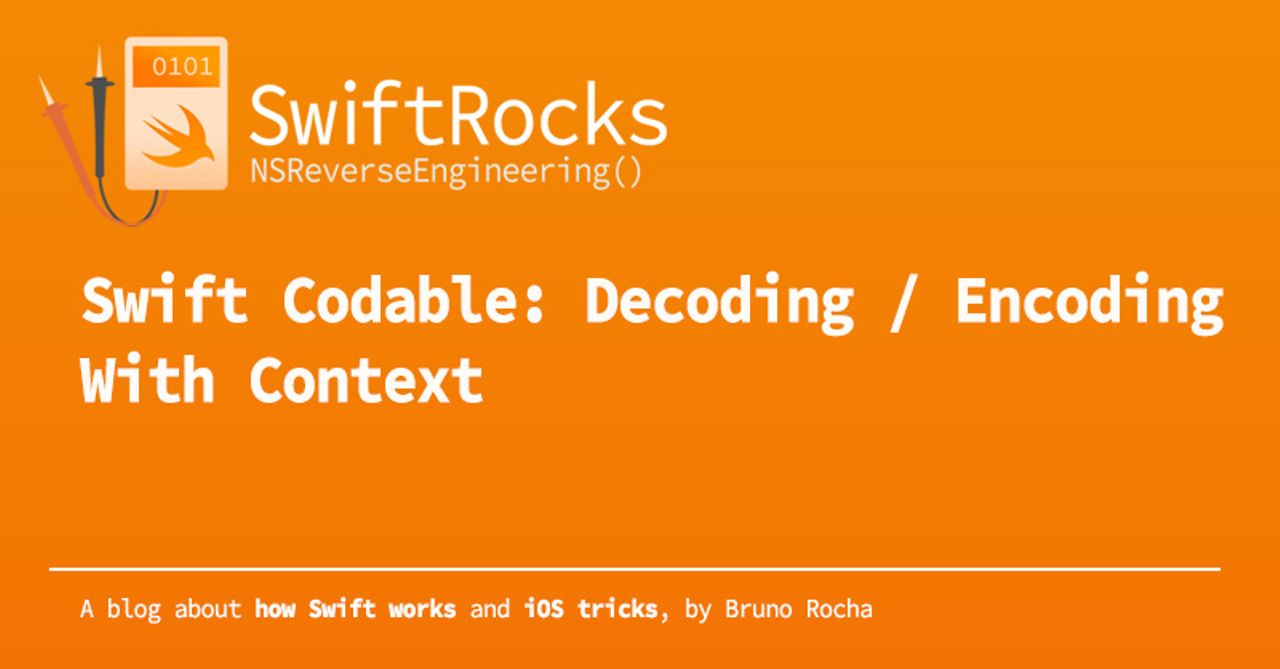
The Codable protocols are one of the coolest recent additions to Swift. Even though it works similarly to its community counterparts like Unbox, Codable has the advantage of being powered by the compiler. One of my favorite features in Unbox was to give a context to the decoding operation. Let's take a look at how we can achieve the same with Codable and how I use to power a type-erased Decodable type.
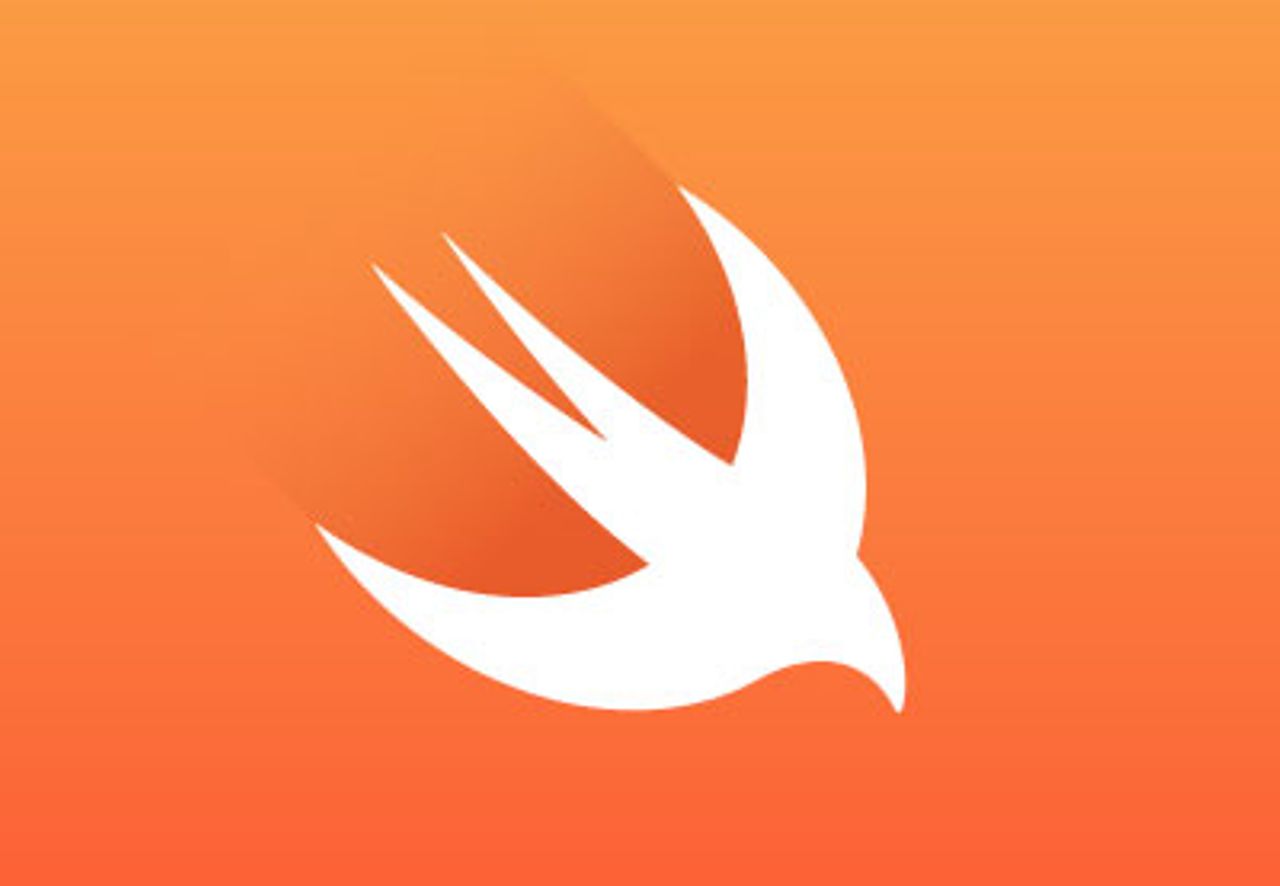
Learn about checked continuations and converting closure and delegate-based code into async/await in Swift.

Learn how to use the in-memory data store, Redis, and Vapor to cache objects by saving them in JSON, then configuring them to expire after a set time.

Last year, when Swift Package Manager added support for Xcode and iOS projects was announced, I was overjoyed. A short time later, I realized that package resources weren’t supported and many of my hope and dreams for using it were immediately dashed.
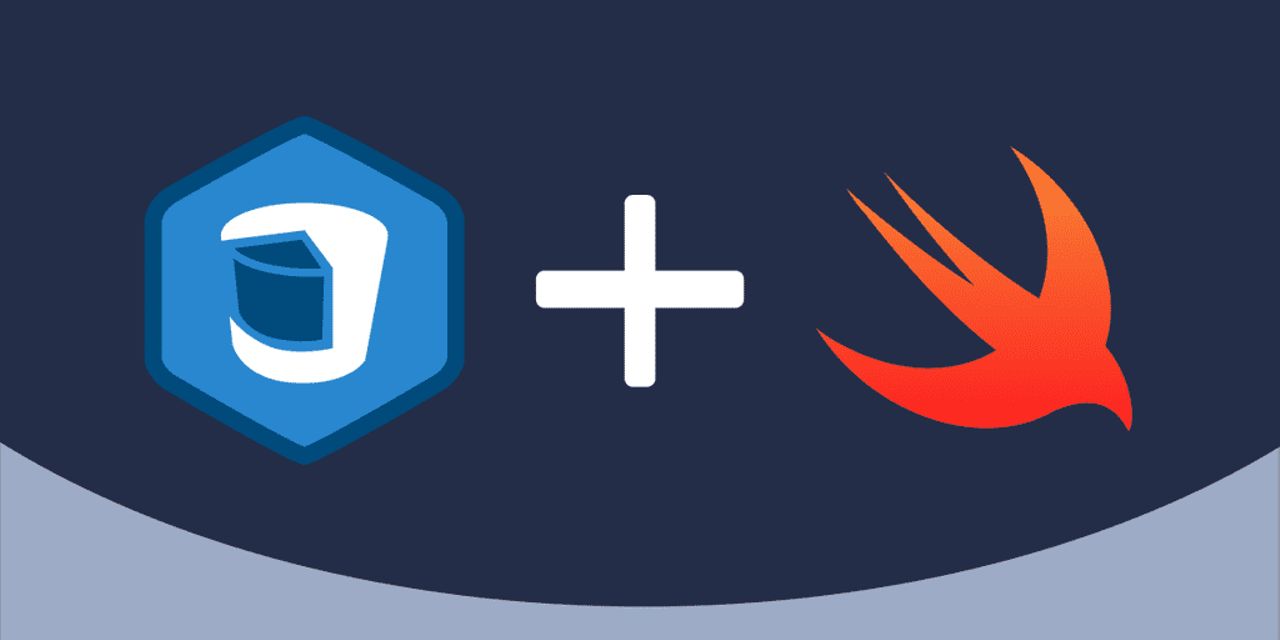
Core Data has great support for UIKit but often it is a good idea to create an abstraction layer between the business layer and the storage layer.

With the release of SwiftUI, some people have asked if UIKit is going to be dead. It’s far from dead. In iOS 15, Apple’s engineers continues to pour new features into UIKit. One of the highlights is UISheetPresentationController. This new class lets you easily create a expandable bottom sheet with just a few lines of code. If you have no ideas about what a bottom sheet is, open the built-in Maps app to take a look. It displays a bottom sheet for users to perform search and access their saved locations. The sheet is resizable. You can drag the bottom […]

Learn to make your SwiftUI views smaller, simpler, and more reusable.
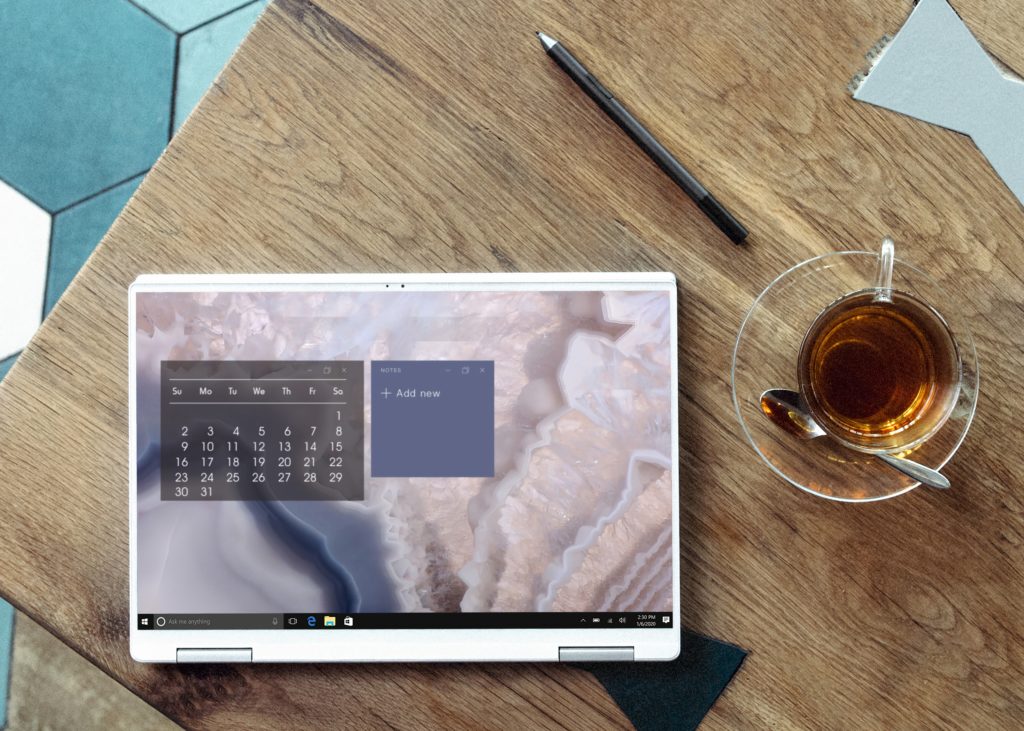
In this article we are going to learn how to implement the powerful MVVM design pattern in SwiftUI applications that are leveraging the Combine framework. The combination of these 3 concepts will be the standard
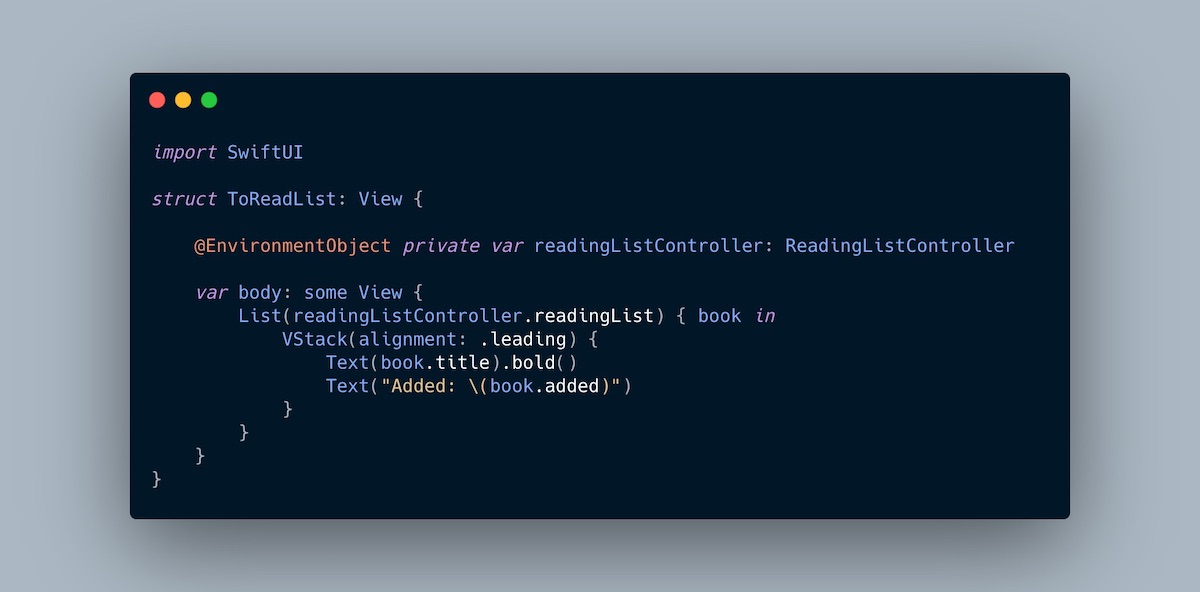
This post shows two ways of achieving dependency injection in SwiftUI: using @EnvironmentObject or a View Model Factory.
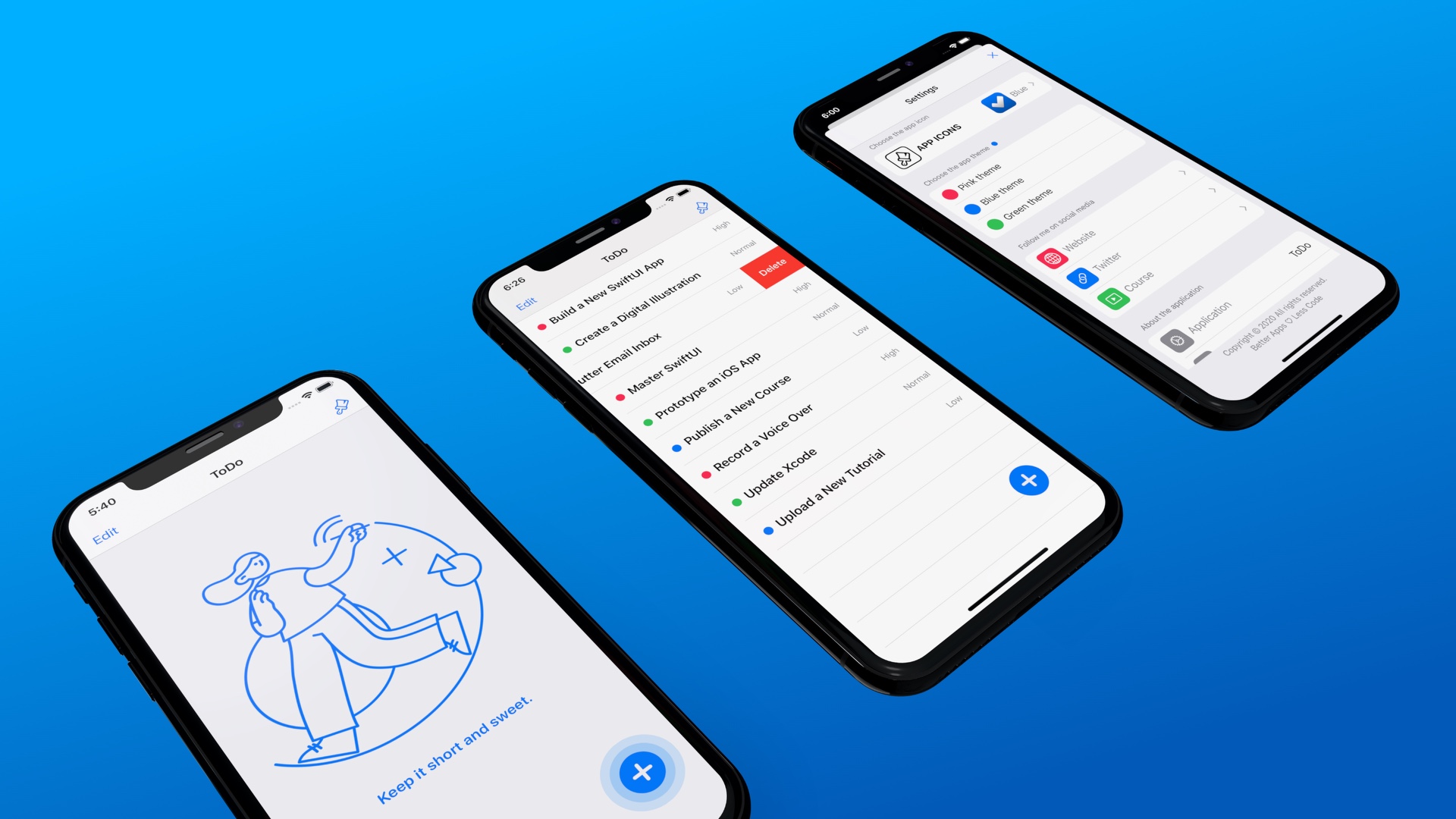
Implementing the Remote Configuration feature and integrating it with the latest Swift development environment; the pros and cons of adding dependencies.